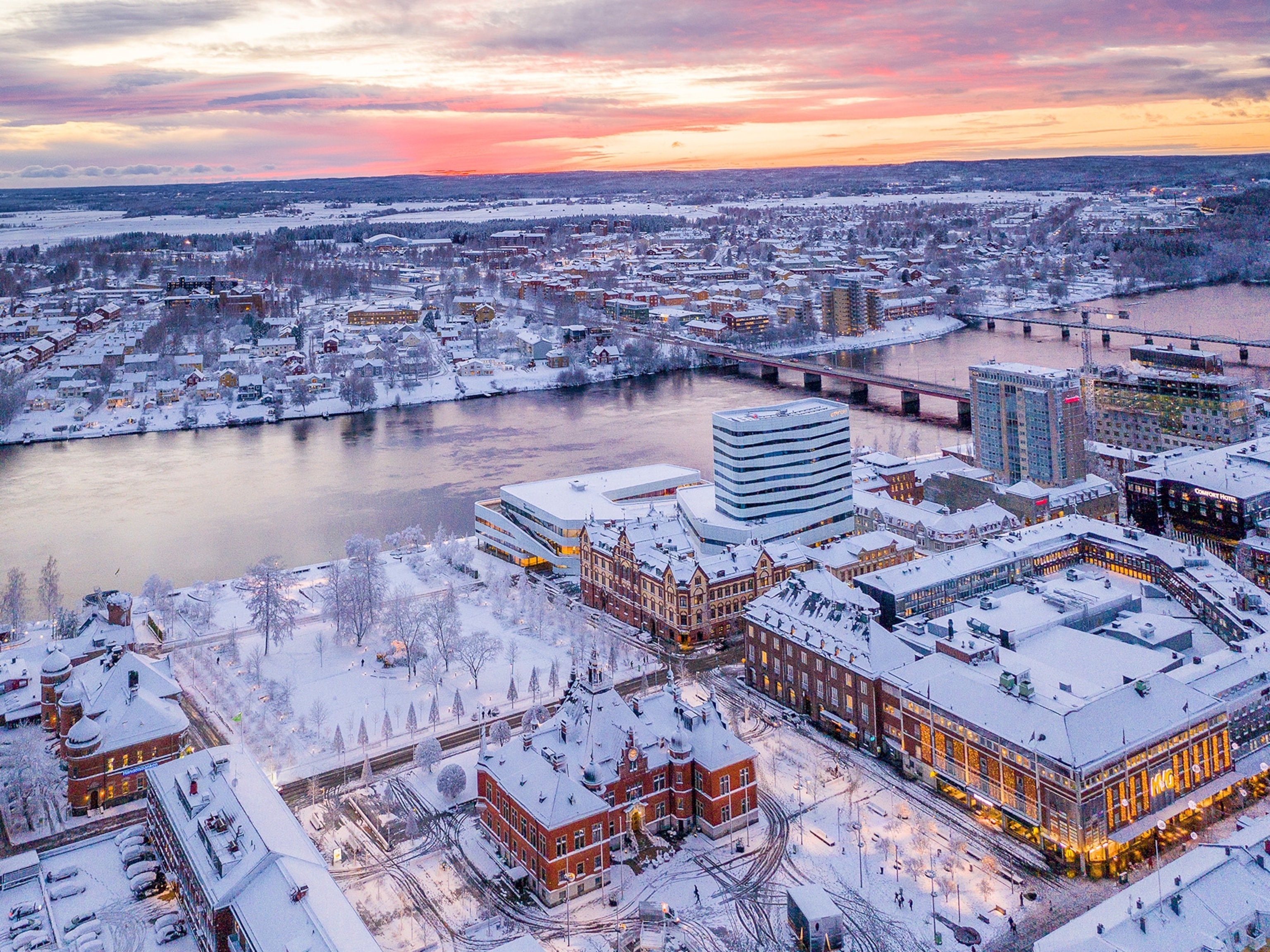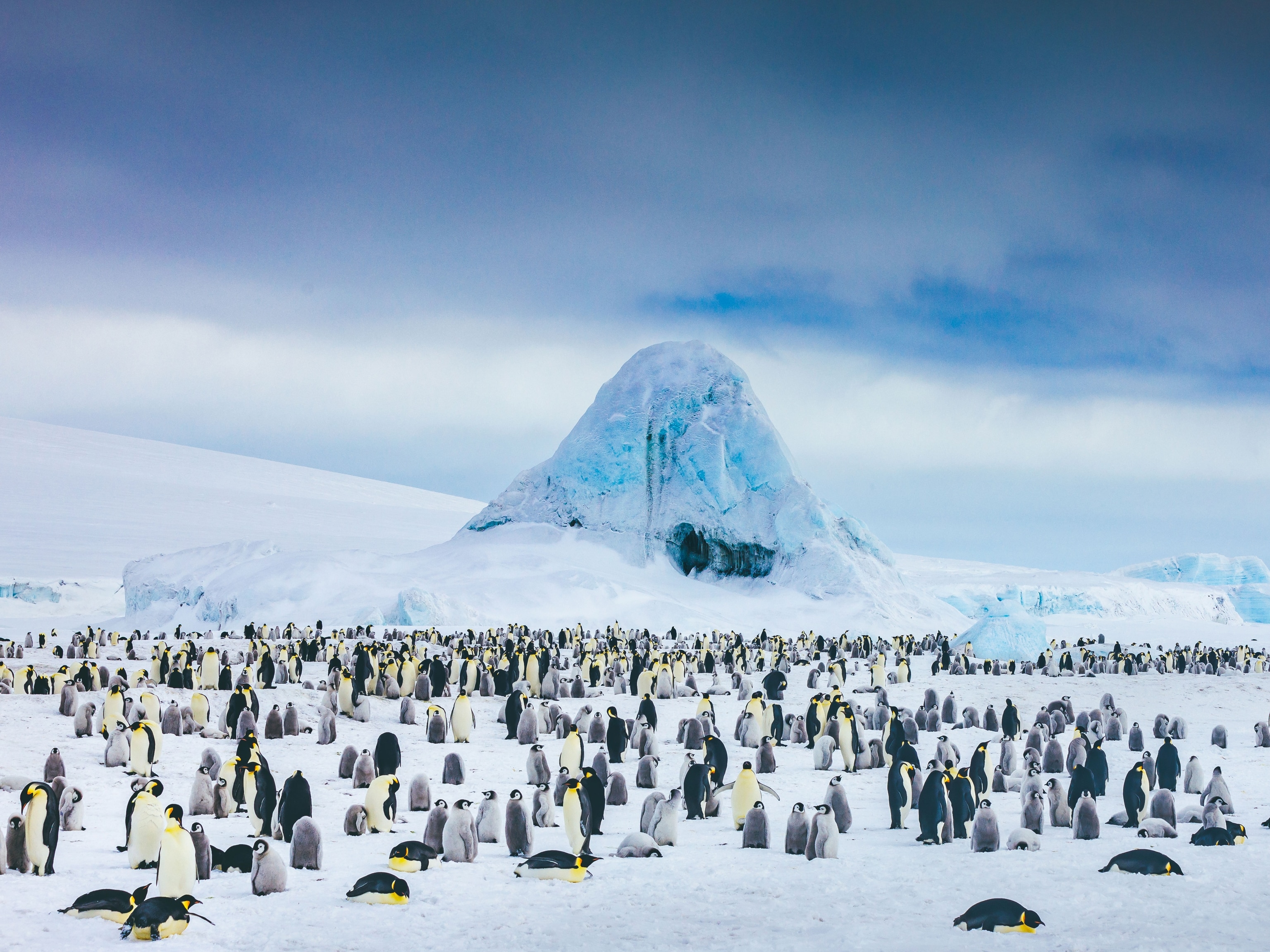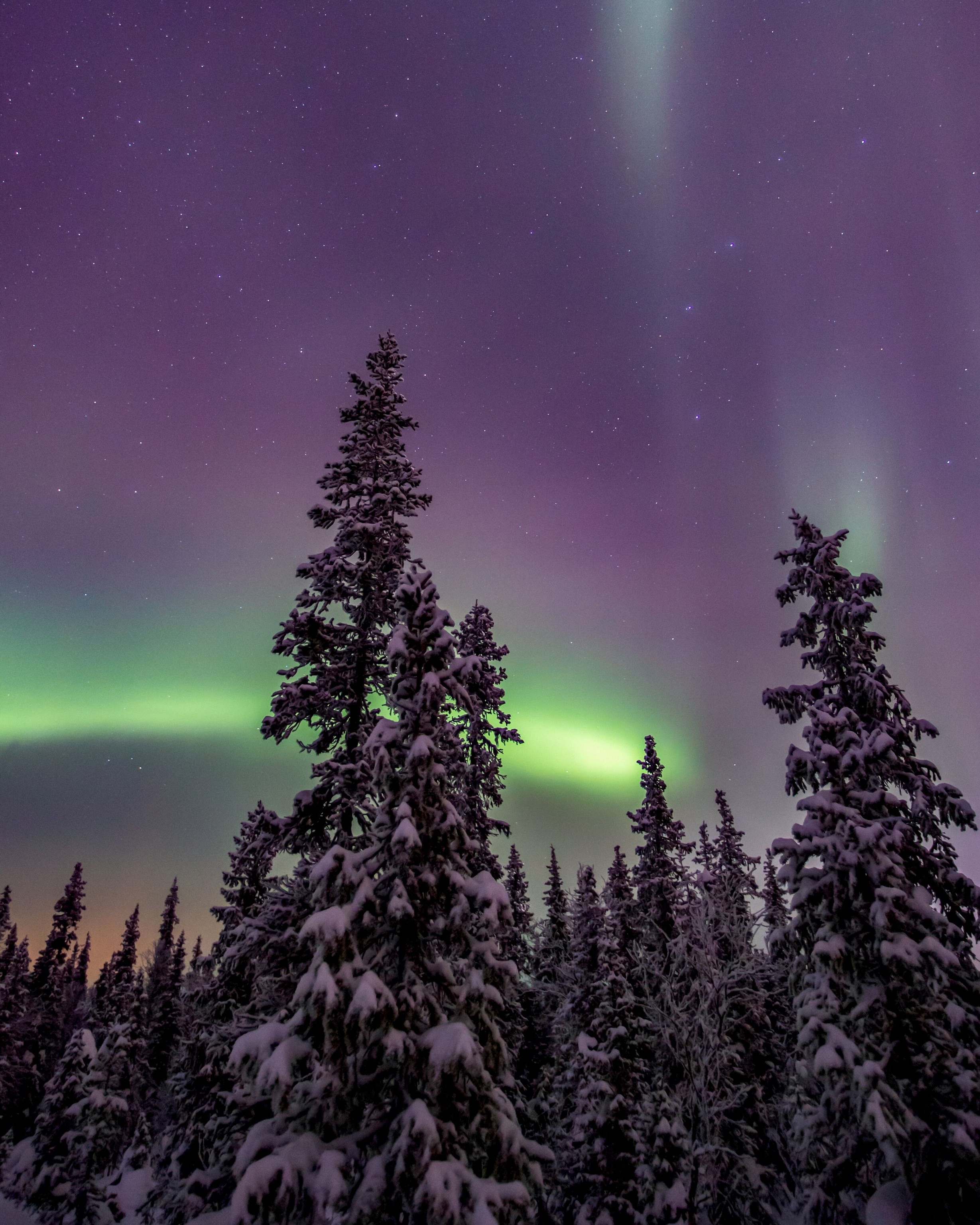
Photograph by Jamie Lafferty
Photo story: long nights and polar lights in Finnish Lapland
Blessed with crystal-clear nights, ultra-low humidity and a perfect location directly beneath the Earth's band of maximal auroral activity, Finnish Lapland is the ultimate aurora-hunting region.
ByInghams
January 28, 2022
5 min read
Photograph by Jamie Lafferty

Photograph by Inghams
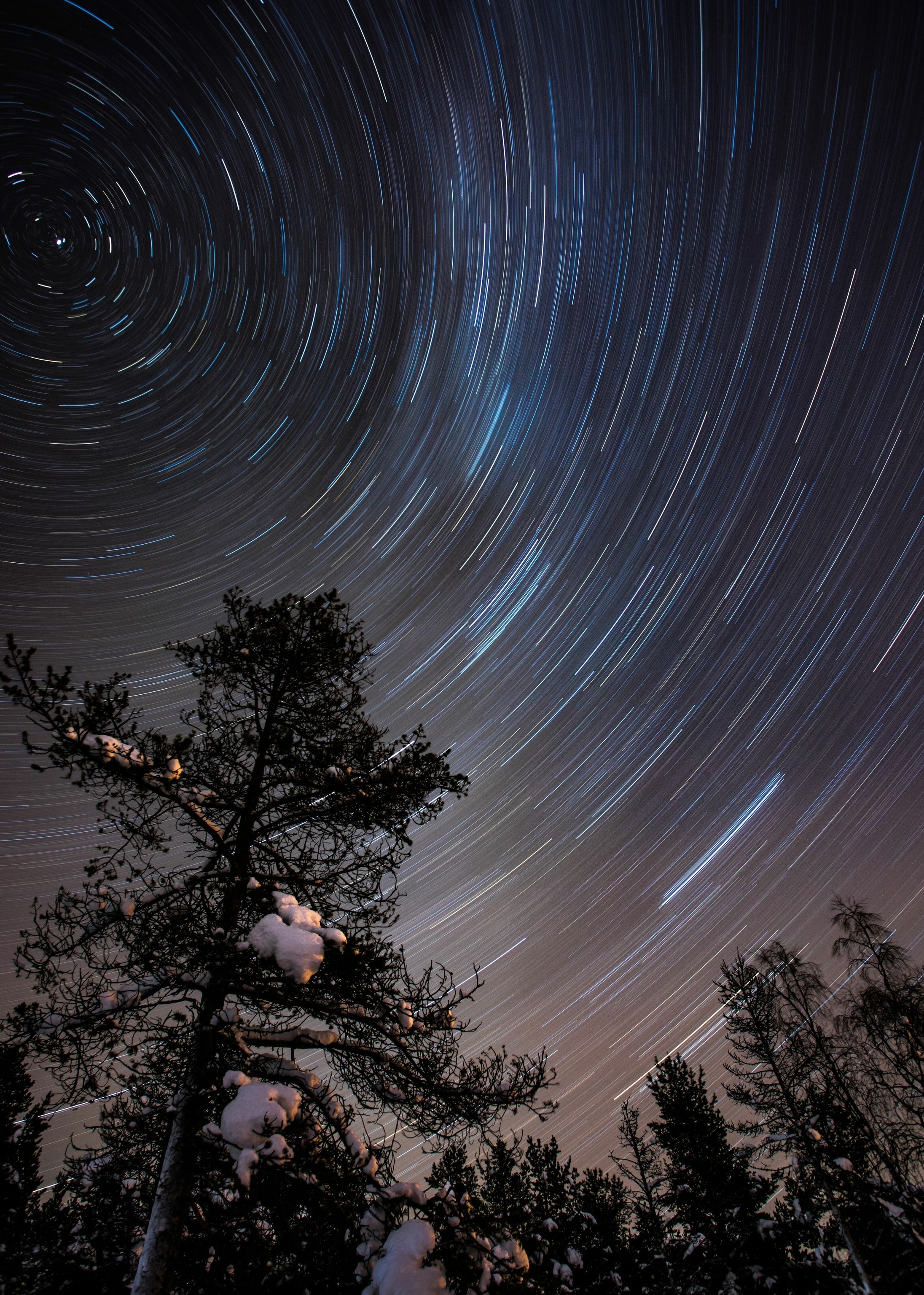
Photograph by Jamie Lafferty
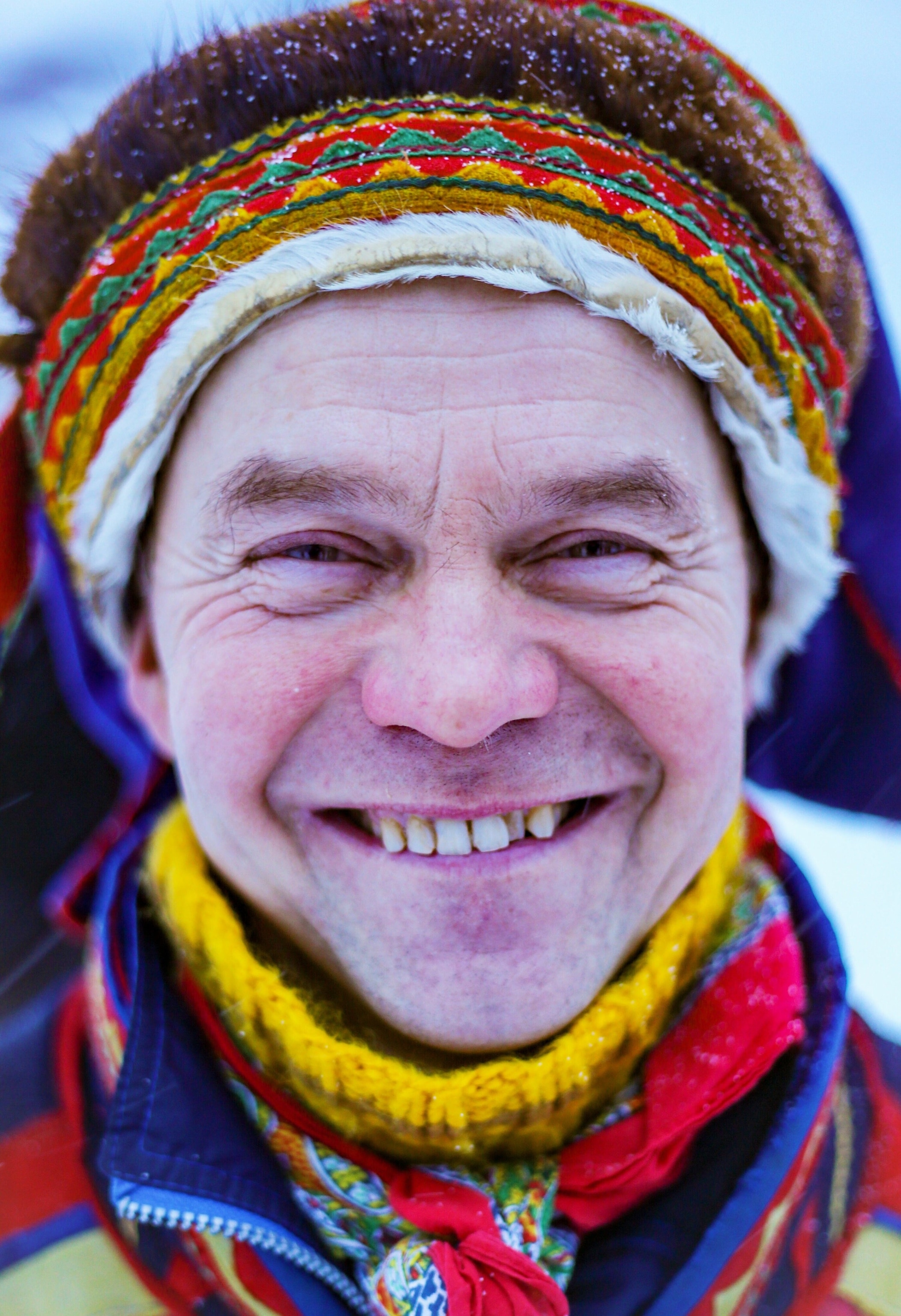
Photograph by Jamie Lafferty

Photograph by Inghams

Photograph by Jamie Lafferty
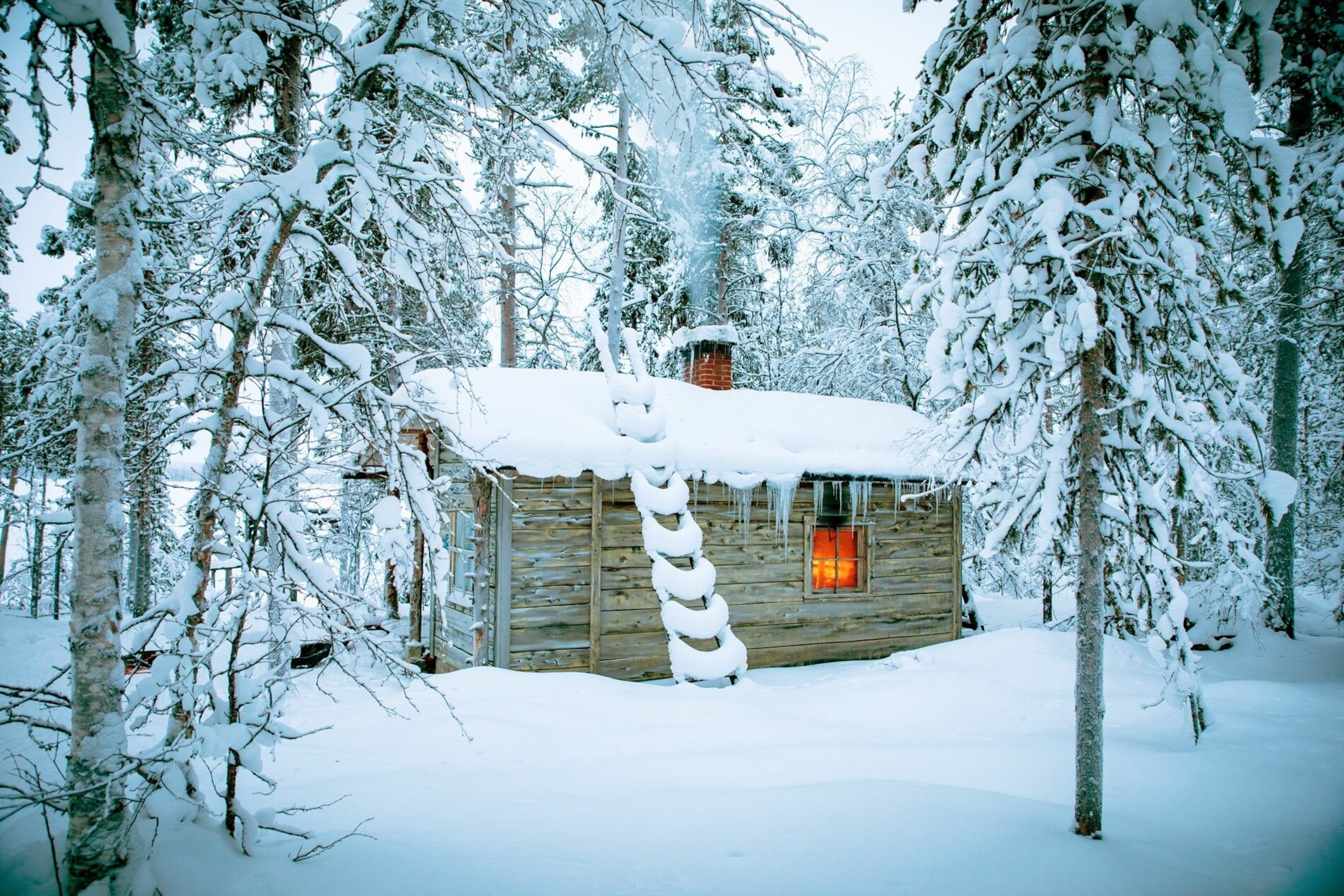
Photograph by Jamie Lafferty
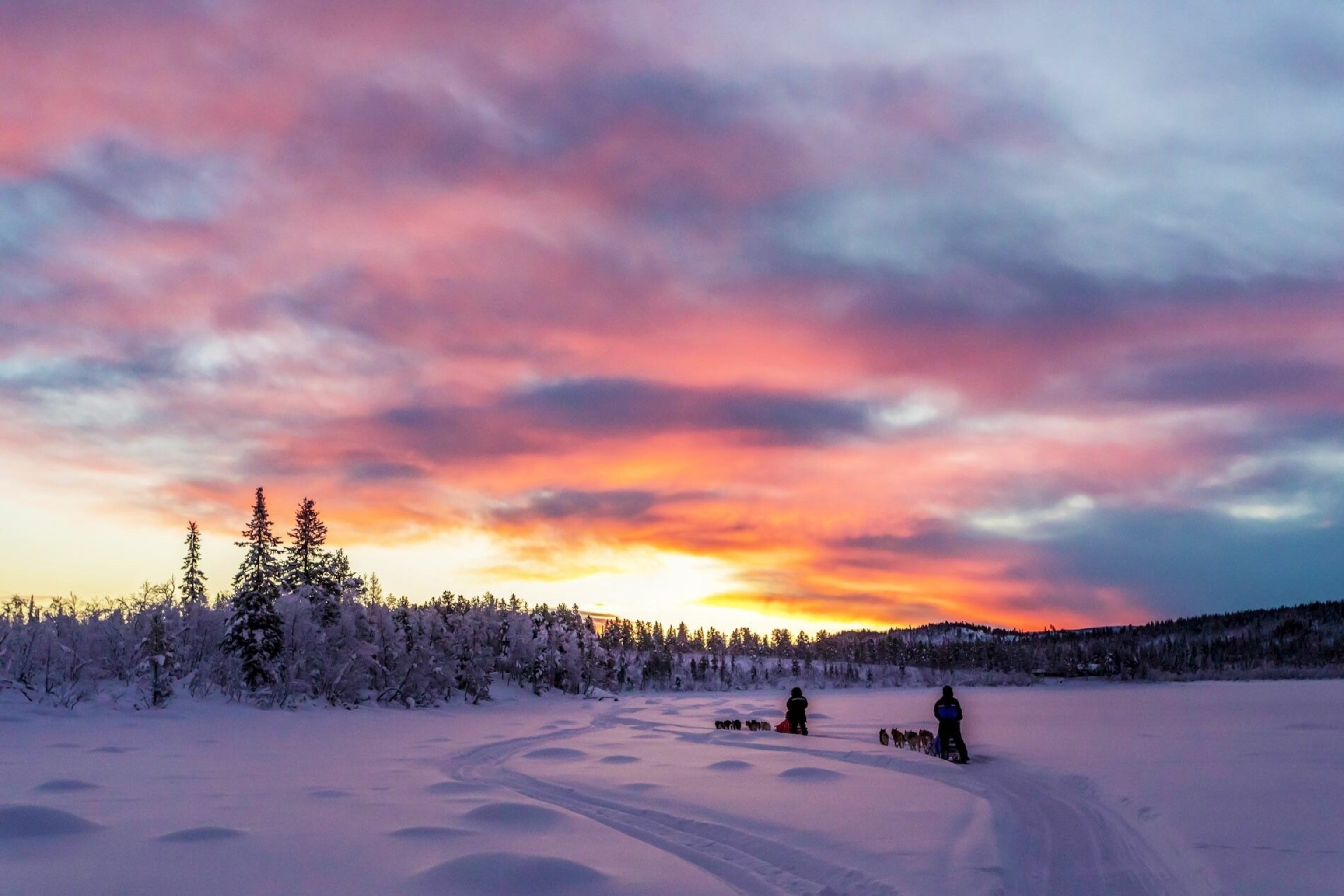
Photograph by Jamie Lafferty

Photograph by Jamie Lafferty
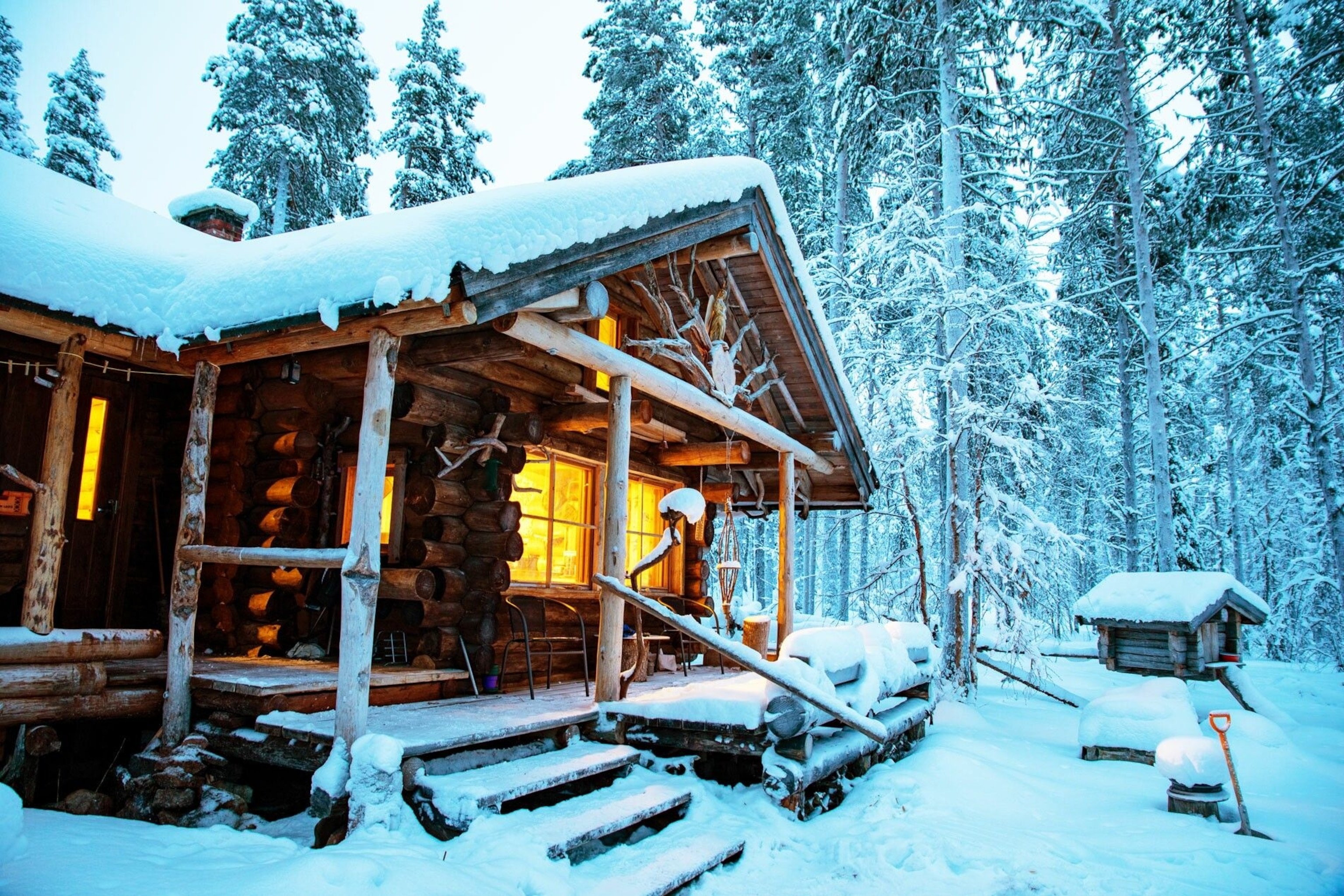
Photograph by Jamie Lafferty
For more information and to book a trip to Finnish Lapland, visit Inghams.co.uk
Find National Geographic Traveller (UK) on social media
Facebook | Instagram | Twitter

